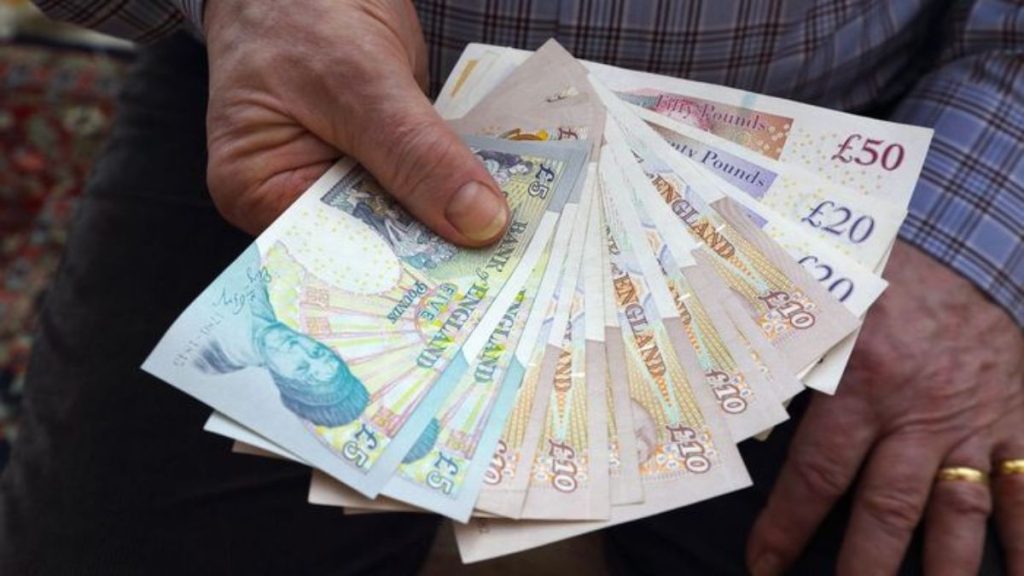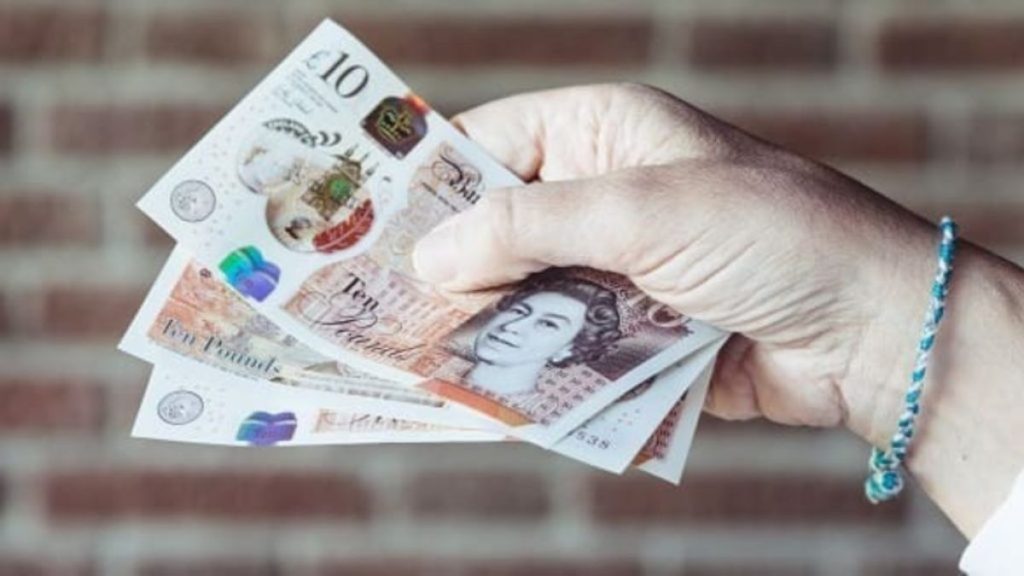From April 2025, a major tax shift is set to benefit millions of UK workers, pensioners, and self-employed individuals. The government has confirmed that the personal allowance—the amount of income you can earn before paying income tax—will rise to £20,000 for the 2025/26 tax year.
This increase means more money in people’s pockets at a time when rising living costs and inflation continue to squeeze household budgets. But how much difference will it make, who benefits the most, and what practical steps can you take to maximise the change?
What Is the Personal Allowance?

The personal allowance is the tax-free income threshold—the level of annual income you can earn before income tax applies.
It applies across:
- Employment income (wages, salaries, bonuses)
- Pensions (State Pension and private pensions)
- Taxable benefits
- Savings income (interest from some accounts and investments)
Until now, the allowance stood at £19,500. The new increase to £20,000 adds an additional £500 of tax-free income, meaning every eligible taxpayer will keep more of what they earn.
How Much More Will You Keep?
The rise in allowance effectively reduces the taxable portion of your income.
Example:
- If you earn £25,000 a year, you previously paid tax on £5,500 (£25,000 – £19,500).
- Under the new allowance, you will pay tax on only £5,000 (£25,000 – £20,000).
- This means £500 more in your pocket.
For a basic-rate taxpayer, this equates to a saving of £100 annually (20% of £500). For some households, that amount could cover several utility bills, part of a weekly grocery shop, or contributions to a savings plan.
Who Benefits the Most?
Not everyone will feel the benefit equally. The groups likely to gain the most from the increase include:
- Low and middle-income earners: More disposable income for day-to-day expenses.
- Pensioners: Those drawing pensions of less than £20,000 will see a direct reduction in taxable amounts.
- Self-employed and freelancers: Retaining a greater share of their business income.
- Families with multiple earners: Each adult has their own allowance, multiplying the household benefit.
High earners—those making over £100,000 per year—face a gradual tapering of their personal allowance, so the uplift will have a smaller effect.
Regional Differences Across the UK
The personal allowance applies nationwide (England, Wales, Northern Ireland, and Scotland). However, tax rates above the allowance vary due to devolved powers.
- England, Wales, Northern Ireland: Standard UK tax rates apply after the personal allowance.
- Scotland: Different income tax bands exist, meaning the savings beyond the allowance may vary.
Scottish taxpayers should review Revenue Scotland’s latest guidance to understand how the allowance interacts with local tax rates.
Why the Government Raised the Allowance
The decision reflects a wider policy aim: supporting workers and pensioners while ensuring tax receipts remain strong.
- Rising living costs: Food, energy, and rent have increased significantly in recent years.
- Inflation pressures: Giving households more tax-free income helps maintain purchasing power.
- Incentive to work: Raising the allowance encourages participation in the workforce by letting people keep more of what they earn.
The £20,000 threshold marks a record high for the personal allowance, showing the government’s intent to balance cost-of-living relief with fiscal responsibility.
Making the Most of the Increase
Simply receiving a higher allowance is beneficial, but there are ways to maximise the impact:
- Check your tax code
HMRC will automatically adjust tax codes, but mistakes can occur. Ensure your payslip or pension statement reflects the new allowance. - Adjust pension contributions
Contributing to workplace or private pensions remains tax-free. This is an effective way to reduce taxable income further while saving for retirement. - Use ISAs and tax-free savings accounts
Maximising Individual Savings Accounts (ISAs) ensures interest and investment returns remain outside the tax net. - Balance household income
Couples can distribute income more effectively. For example, if one partner earns less, ensuring they fully utilise their personal allowance can increase total household take-home pay. - Review benefit interactions
Means-tested benefits may shift if income levels change. Planning ahead helps avoid losing support unnecessarily.
Impact on Workers
For employees, this change translates to higher take-home pay without needing a pay rise.
- A full-time worker on the National Minimum Wage will see their tax burden shrink, leaving more available for essentials.
- Those in sectors like retail, hospitality, and social care—where wages are typically lower—will experience noticeable relief.
Impact on Pensioners
For retirees, the news is especially important.
- Pensioners with incomes below £20,000 will pay no income tax.
- Those drawing slightly more will pay less tax overall.
- The change may encourage more pensioners to check eligibility for Pension Credit, which could be affected by new income levels.
It’s also a reminder for pensioners to review State Pension forecasts and ensure their National Insurance records are up to date
Impact on the Self-Employed
Self-employed workers and small business owners often juggle irregular income. The higher allowance provides welcome stability by ensuring more of their profits are retained.
This change also simplifies tax planning for freelancers who often set aside money for HMRC each quarter. By reducing their taxable base, the £20,000 threshold allows for better budgeting.
Practical Example Scenarios
- Case 1: A part-time worker earning £19,800
Previously: Taxable income of £300.
Now: Entirely tax-free. - Case 2: A full-time worker earning £28,000
Previously: Taxed on £8,500.
Now: Taxed on £8,000, saving £100 annually. - Case 3: A pensioner with £19,950 annual income
Previously: Paid tax on £450.
Now: Entirely exempt.
These examples show how even small adjustments make a meaningful difference to everyday budgets.
What About Higher Earners?
For incomes above £100,000, the personal allowance tapers off. It reduces by £1 for every £2 earned above this level. This means:
- At £125,140, the personal allowance is completely lost.
- For these earners, the increase to £20,000 has little effect.
While the policy helps the majority of taxpayers, it reflects a continuing government approach of progressive taxation, ensuring higher earners contribute more.
Potential Challenges
Despite the benefits, some complications exist:
- Benefit interactions: Higher personal allowances may reduce entitlement to some means-tested benefits.
- Frozen tax thresholds: If higher tax bands remain unchanged, “fiscal drag” could still pull more earners into higher tax brackets.
- Administrative errors: Incorrect tax codes could delay or reduce the benefit unless taxpayers check
Steps to Prepare Before April 2025
- Mark your calendar: The new allowance applies from 6 April 2025.
- Check payslips: Confirm adjustments by May payroll.
- Update financial plans: Review budgets, savings, and investment strategies.
- Seek advice if unsure: Accountants, HMRC calculators, or Citizens Advice can clarify impacts.
5 SEO-Friendly FAQs
Q1. When does the £20,000 personal allowance take effect?
It applies from 6 April 2025, the start of the 2025/26 tax year.
Q2. How much will the average worker save?
A basic-rate taxpayer will save around £100 annually, depending on income.
Q3. Do pensioners benefit from the increase?
Yes. Pensioners with income below £20,000 will pay no income tax, and others will see smaller tax bills.
Q4. Does this apply in Scotland?
Yes, but income tax rates above the allowance differ. Scottish taxpayers should check Revenue Scotland for exact impacts.
Q5. Do I need to apply for the higher allowance?
No. HMRC will automatically adjust tax codes, though checking payslips is recommended.















